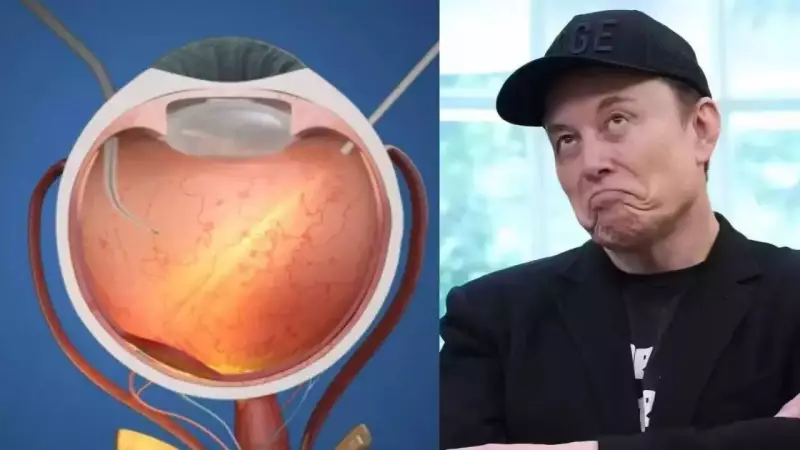
In a stunning medical breakthrough that could transform lives worldwide, a revolutionary retinal implant technology is restoring vision to blind patients, enabling them to read and recognize objects again. This groundbreaking development positions itself as a formidable challenger to Elon Musk's Neuralink in the race to conquer neurological disorders.
The Vision Restoration Revolution
The Prima retinal implant system represents one of the most significant advances in visual prosthesis technology to date. Unlike previous solutions, this innovative device has demonstrated remarkable success in restoring functional vision to individuals who had lost their sight to degenerative eye diseases.
How the Miracle Technology Works
The system employs a sophisticated array of microscopic electrodes that interface directly with the retina. These electrodes stimulate the remaining healthy retinal cells, effectively bypassing damaged photoreceptors and creating visual perceptions in the brain.
Key breakthroughs include:
- High-resolution stimulation enabling detailed vision
- Wireless power and data transmission
- Long-term biocompatibility with eye tissue
- Adaptive algorithms that optimize visual perception
Real Patients, Life-Changing Results
Clinical trials have yielded extraordinary outcomes that read like science fiction becoming reality. Patients who had been completely blind for years are now able to:
- Read printed text and digital displays
- Recognize faces of loved ones
- Navigate unfamiliar environments independently
- Distinguish between different objects and shapes
"The moment I could see my wife's face again after eight years of darkness was indescribable," shared one trial participant, highlighting the profound emotional impact of this technology.
The Neuralink Rivalry Intensifies
This development places the Prima implant system in direct competition with Elon Musk's Neuralink, which has been focusing on brain-computer interfaces for various neurological conditions. While Neuralink aims to interface directly with the brain cortex, the retinal implant approach offers a potentially safer and more targeted solution for vision restoration.
Industry experts note several advantages:
- Less invasive surgical procedure
- Specific focus on visual cortex stimulation
- Proven clinical results in human trials
- Faster regulatory pathway to market approval
The Future of Bionic Vision
Researchers are already working on next-generation versions that promise even greater visual acuity and color perception. The technology's success opens new possibilities for treating various forms of blindness caused by conditions like retinitis pigmentosa and age-related macular degeneration.
As clinical trials continue to demonstrate remarkable success, medical professionals are calling this the most significant advancement in vision restoration technology since the development of the cochlear implant for hearing loss.
The race to conquer sensory disabilities has clearly accelerated, with the Prima retinal implant establishing a strong lead in the vision restoration category while challenging tech giants like Elon Musk in the broader neurotechnology arena.





